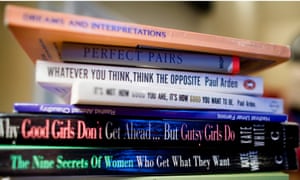Using diagrams, discuss whether an increase in scale for firms in oligopolistic markets is more likely to increase or to reduce their profitability levels.
Definition: Oligopoly is a market structure characterized by a small number of large firms that dominate the industry. These firms have substantial market power, allowing them to influence market conditions and strategic decisions.
Kinked Demand Curve and Price Rigidity: In oligopolistic markets, firms face a unique demand curve known as the kinked demand curve. The kinked demand curve reflects the behavior of rival firms and customer responsiveness to price changes. It is characterized by two segments:
Upper segment: In this segment, the demand curve is relatively elastic. If one firm increases its price, customers are likely to switch to rival firms, resulting in a significant loss of market share. As a result, the firm's demand curve is relatively flat in this range.
Lower segment: In this segment, the demand curve is relatively inelastic. If one firm lowers its price, rivals are expected to match the price reduction to prevent losing market share. As a result, the firm's demand curve becomes steeper in this range.
The kinked demand curve implies that firms in oligopolistic markets face a situation of price rigidity. It suggests that prices tend to be sticky or resistant to change, even in the face of cost fluctuations. This is because firms are cautious about changing prices, as they fear retaliation from rivals and the potential loss of market share.
Answer: Given the understanding of oligopoly, the kinked demand curve, and price rigidity, we can evaluate the impact of an increase in scale on the profitability of firms in oligopolistic markets.
An increase in scale for firms in oligopoly can lead to several outcomes:
Cost efficiencies: As a firm increases its scale, it can benefit from economies of scale, resulting in lower average costs of production. This can enhance the firm's cost competitiveness.
Price reductions: With lower costs, the firm may choose to reduce prices to gain a larger market share. This could lead to an increase in output and potential revenue growth.
However, the kinked demand curve and price rigidity dynamics suggest that rival firms are likely to match price reductions to maintain their market share. As a result, the overall demand curve may not significantly shift, and the existing price and profit levels may remain relatively unchanged.
Therefore, the increase in scale for firms in oligopolistic markets is more likely to have limited effects on profitability levels. While cost efficiencies may be achieved, the price rigidity and the strategic behavior of rival firms tend to mitigate the impact on overall profitability.
It's important to note that the specific outcomes in oligopolistic markets can vary based on factors such as the number of firms, market concentration, product differentiation, and the intensity of competition. The kinked demand curve model provides a simplified representation of the dynamics, and the actual profitability outcomes may depend on the specific characteristics of the oligopolistic market in question.
Diagram: Kinked Demand Curve



